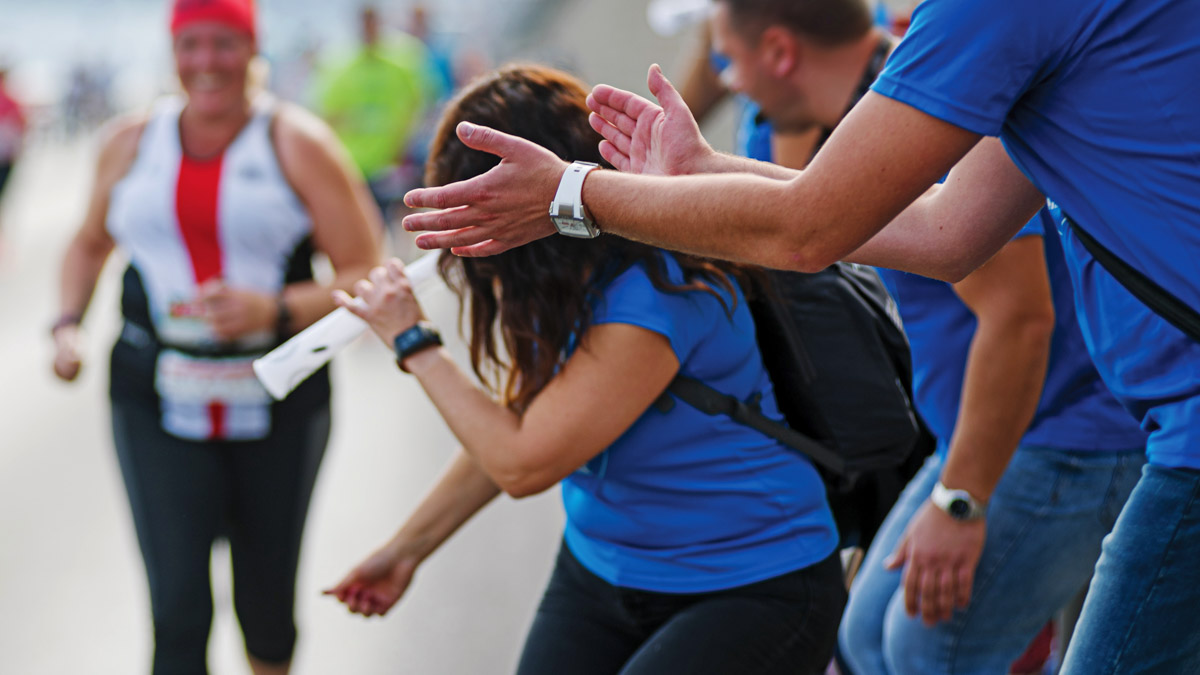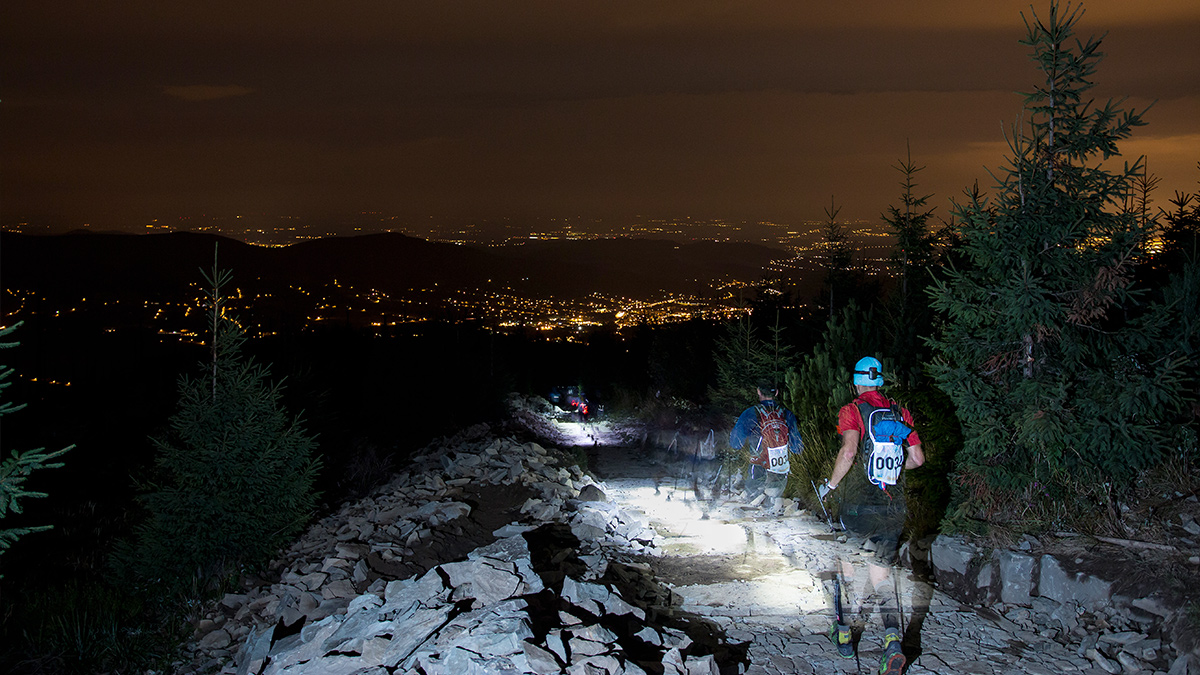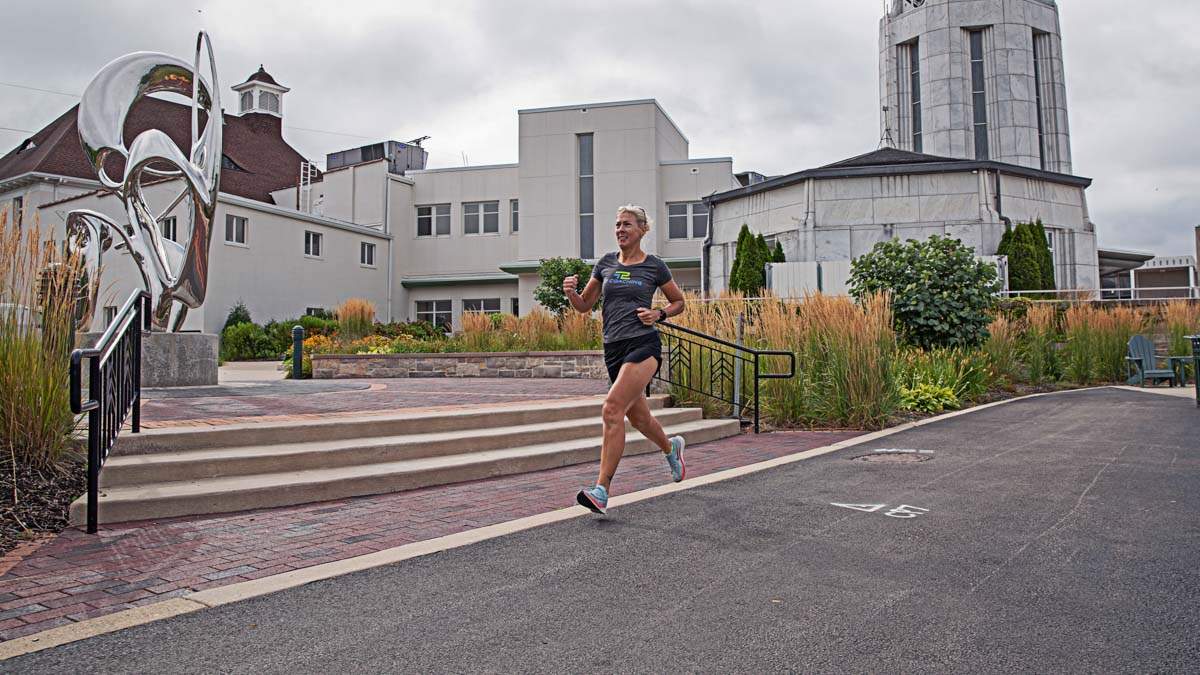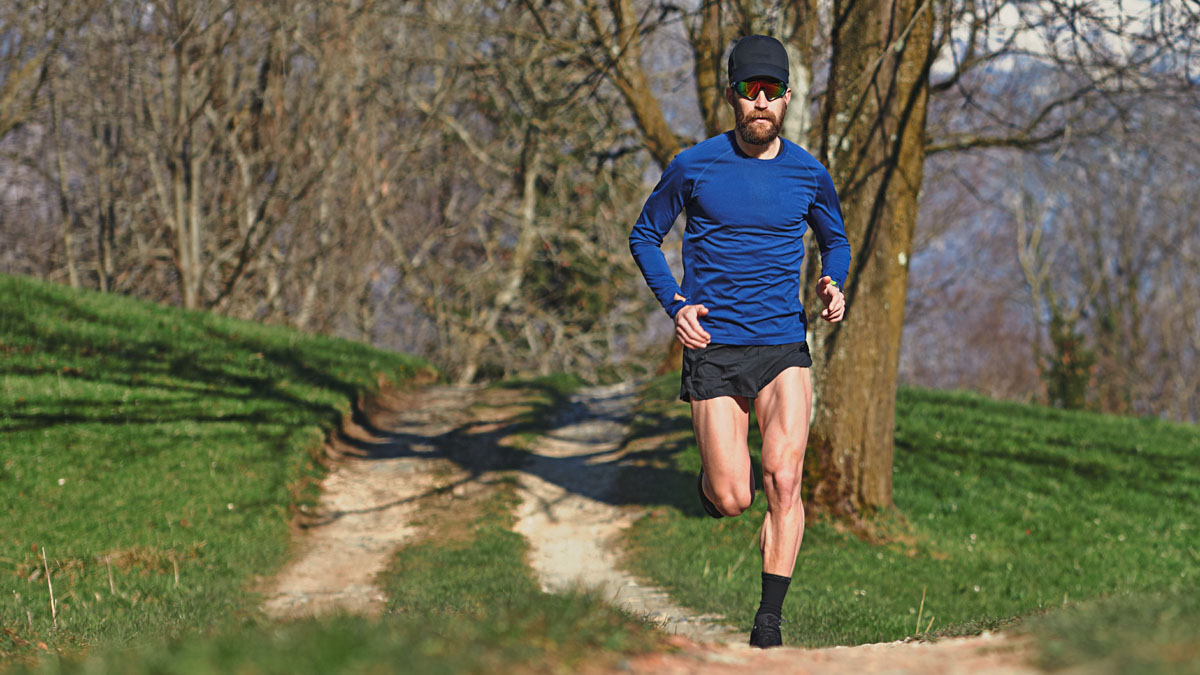There is a lot to consider when crewing a friend, family member, or significant other for an ultra-distance race. You may find yourself as a one-person F1 pit crew, or you may have the help of pacers. Regardless, the best crews are efficient and focused on getting the athlete back on the course rehydrated, refueled, and refocused. Here’s your complete guide to crewing an ultramarathon runner.
Make a Plan, But Be Ready to Pivot
George Patton wasn’t an ultra runner when he said “a good plan violently executed now is better than a perfect plan executed next week”. In all seriousness, anything you do plan will be thrown off in a race someway, somehow. Your job as a crew chief or crew member is to minimize the damage that’s transferred to your athlete. Remember, they don’t care how tired, sore, or miserable you are!
Short ultras don’t demand the planning and care of 100km and 100 mile+ races. In my personal opinion, a 50-mile race is where a crew begins to be helpful. The 50K distance should be manageable with drop bags alone. As the race gets longer, the crew needs to bear the mental brunt of the race, which is why advanced planning is so important. The more details you plan in advance, the easier it is for everyone.
Planning Logistics
A great tip is to create a spreadsheet with aid stations, noting where crew and pacers can access the course (as all courses and aid stations are different, especially in remote races). Don’t forget the bigger pieces like organizing flights, cars, and hotels. Smaller details — like how you will hand off the vehicle to incoming pacers, who is responsible for filling water bottles, and where the car is parked — all help ease tensions. Remember that communication between the entire crew is vital for your athlete’s ultimate success.
Study the Course Ahead of Time
The course breakdown is the planning tool that will help you best determine timing and expected arrival of your athlete at an aid station. Creating a spreadsheet is a helpful organizational tool because it’s going to show you how long certain legs are, which determines the number of calories an athlete will need to consume, how much water to pack, what clothing they need to leave an aid station with, if they need a headlamp, and whether or not they will need a shoe change at the end of the next leg.
Water crossings, extended ascents or descents, and long sections above treeline can determine what you need to show up with at the aid station. The worst thing you could do is forget a vital piece of equipment that leaves your athlete waiting for you to return when they could be running!
Gather the Right Gear
When you’re planning your runner’s gear selection, put yourself in the runner’s shoes. There are few things better than a quick change of clothes heading into a night leg with an extra layer in your pack if you hit a long, chilly descent at 3 AM. Comforts are few and far between in an ultra, and having a heavy pack filled with luxury items only weighs you down.
Athletes should minimize what they carry to only the essentials (listed at the bottom of this article), and rely on their crew to provide them with just a few options when they arrive at the aid station. Remember that it’s better to have it and not need it than to need it and not have it.
Clothing
People tend to pack too many clothes for a race while the best tool for most situations is simply a light, packable jacket. I always encourage athletes to have a puffy jacket to wear in an aid station at night to preserve body heat.
Hats, gloves, and the like are really only necessary if you truly need them for warmth. Pack at least one change of clothes for the race, and multiple pairs of socks if it’s going to be wet. Remember that foot care can make or break a successful outcome on race day.
Electronics
I’ve seen everything from solar panels to generators and portable battery packs to charge electronic gear. I’ve also seen crews have meltdowns when a watch can’t be charged, a headlamp is dead, or they can’t find or recharge a battery because of a missing cable. If you’re going to use electronics in the race, they need to come into the race fully charged.
Know how to use the gear and make sure to lock it to avoid bumping a button and leaving it on in the bottom of a bag all day. The only piece of gear worth bringing an extra of is a headlamp. If your athlete falls and breaks the bulb, a backup is a very nice reassurance to have in your crew bag.
Creating a Nutrition and Hydration Strategy
Once you’ve created your crew planning sheet and course planning document, you can start to estimate the number of calories your athlete will consume in a single leg by using this formula:
((Distance of course leg x Average pace in minutes per mile) ÷ 60 minutes) x Target caloric consumption per hour + 20% extra as a buffer
For example, a 15-mile leg for an athlete trying to consume 150-200 calories per hour (assuming 15-minute miles) would be ((15 miles x 15 min/mil) / 60) = 3.75 hours. 3.75 hours at an average of 175 calories per hour totals 656 calories. I always add 20% buffer, so we’re looking at 787 total calories for that leg.
Next, you’ll need to identify various foods your athlete can eat and their caloric value. For example, most gels are 100-150 calories, PB&J sandwiches on wheat are approximately 200 calories, and waffles average 125 calories apiece. So a mixed bag could consist of three gels, two PB&Js, and one waffle for a total of 825 calories.
Important Note About Proper Caloric Consumption
Some athletes will come into an aid station with leftover food, and this is cause for concern. Hitting caloric goals is extremely important for a successful run, so this behavior is definitely worth a discussion while your athlete is in aid. While athletes often struggle to eat enough in longer events because they lose their appetite, staying firm with them on consuming all the calories they are given is crucial to success.
Get Organized
Putting all these details together is challenging, but you can keep it simple with the two best tools you have besides a well-thought-out spreadsheet: assorted Ziploc bags and a sharpie. For extra credit, create a checklist to make sure you have everything during packing.
Here are a few tips to help you stay organized:
- Break down calories into bags by aid station. This makes packing for drop bags and refilling the athlete’s vest much easier.
- Pack a bag for cold-weather gear, a change of clothes in a reusable shopping bag, and a couple of pairs of running socks in a gallon bag.
- Pack first aid in its own kit.
- Pack an extra headlamp and ALL chargers you might need in a bag together.
- Keep crew gear separate from runner gear to avoid confusion and overlap.
Think Through Process and Execution
Treating your athlete’s time in the aid station like an F1 pit stop minimizes their time in aid, resulting in a faster finish. Think about it: if the average 100-mile race has 10 aid stations, then sitting in aid for six minutes each time adds a full hour to your total race time! As your athlete gains experience, the strategy of the aid station tends to be more about refueling the essentials rather than seeing it as a physical rest stop.
When your athlete enters the aid station, minimize their time sitting down by having water bottles and a pre-organized food bag ready to go. Swap out necessary clothing and remove any trash from their vest. If a shoe or sock change is desired, take care of that immediately. In the event you have a second vest for the athlete ready to go, the athlete should only stop in aid long enough to swap vests and continue onto the trail.
Aid station stops longer than five minutes normally demand foot care, first aid, or muscle care in the event of a strain or pull. The best question to ask as they are getting up is “what do you want at the next aid station?”. This could be a request for different food, a jacket, poles, a hat, or a bag full of Munchkins.
This guide is designed to give you a positive crewing mindset and the structure you need to organize your thoughts. The best thing you can do as a crew member is to sit down as a team (pacers included) to fully understand what’s needed from each person.
Everyone in the group needs to play a role in getting the athlete to the finish line. Some people play their role behind the scenes by thinking, organizing, and planning. The other parts of the team are there to motivate, encourage, and physically pace the athlete on the course. Together, this makes a cohesive crew that gets the athlete from start to finish in one piece!








